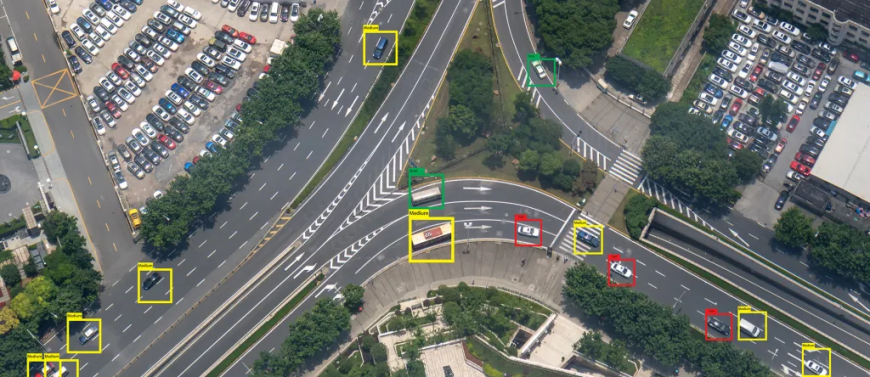Predictive AI and generative AI Analysed

Predictive AI and generative AI represent two distinct branches of artificial intelligence, each with unique capabilities and applications. Predictive AI, as the name suggests, focuses on forecasting future outcomes based on historical data. It employs algorithms to identify patterns and trends, enabling it to estimate the likelihood of specific events. Generative AI, on the other hand, is concerned with creating new content, such as text, images, or audio, that resembles the data it was trained on.
The core difference lies in their objectives. Predictive AI aims to understand and anticipate what will happen, while generative AI seeks to produce something novel. Predictive models are evaluated on their accuracy in predicting outcomes, often measured by metrics like precision and recall. Generative models are assessed based on the quality and originality of the content they generate, often judged subjectively or through metrics like perplexity or Fréchet Inception Distance (FID).
Predictive AI finds applications in various sectors. In finance, it's used to predict stock prices or assess credit risk. In healthcare, it can forecast disease outbreaks or identify patients at high risk of developing certain conditions. In marketing, it helps predict customer behavior and personalize advertising campaigns. Examples of predictive AI models include regression models, decision trees, and support vector machines.
Generative AI has also found widespread use. In art and entertainment, it can create realistic images, compose music, or write scripts. In drug discovery, it can generate novel molecular structures with desired properties. In manufacturing, it can design new products or optimize existing designs. Examples of generative AI models include variational autoencoders (VAEs), generative adversarial networks (GANs), and transformer-based language models.
Another key distinction lies in the type of data they require. Predictive AI typically relies on structured data, such as tabular data or time series data, with clearly defined features and labels. Generative AI can work with both structured and unstructured data, such as images, text, or audio, and often requires large datasets to learn the underlying patterns and create realistic content.
Despite their differences, predictive AI and generative AI are not mutually exclusive. They can be combined to create powerful AI systems that both predict future outcomes and generate new content. For instance, a predictive model could be used to identify customer segments with a high propensity to purchase a particular product, and then a generative model could be used to create personalized marketing messages tailored to each segment. As AI technology continues to evolve, the lines between predictive and generative AI may become increasingly blurred, leading to even more innovative applications.

 Francis
Francis 





